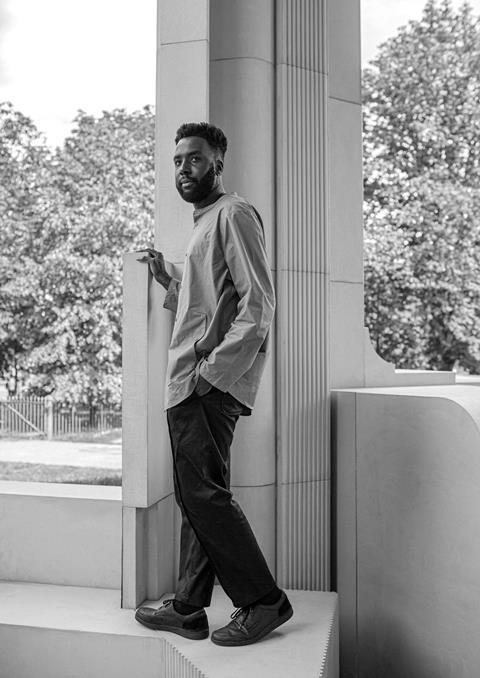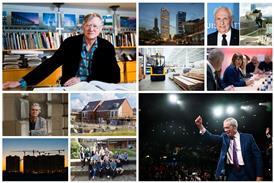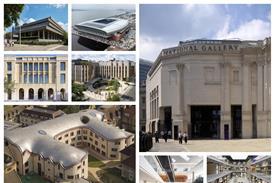- Home
- Intelligence for Architects
- Subscribe
- Jobs
- Events

2025 events calendar Explore now 
Keep up to date
Find out more
- Programmes
- CPD
- More from navigation items
It’s all about finding the words: opening doors for deaf architects

The absence of agreed signs for architectural terms is a major barrier for deaf people seeking to enter the profession. Chris Laing tells Elizabeth Hopkirk how he plans to change that

Imagine embarking on an architecture degree where there are no agreed words for concepts as fundamental as cantilever, section or plan. It sounds impossible, but that is the task facing any young deaf sign language user who wants to become an architect.
There are simply no commonly accepted signs for most of the terms that architects and other construction professionals rely on. When a deaf person wishes to study, work or just express an interest in the built environment, they and their interpreter have to make up their own signs as they go along.
When the barriers are this great, it is hardly surprising there are so few deaf architects (or other consultants and contractors) in the UK, or indeed anywhere. Chris Laing, a 29-year-old architectural assistant at Haworth Tompkins, knows of only three fully qualified deaf architects in the UK, and he has one other deaf friend in the profession, Adolfs Kristapsons from Pilbrow & Partners, who is also a part II architectural assistant.
Together they are determined to break the cycle of repeatedly making new signs, and have begun a project called Signstrokes to create a British Sign Language (BSL) lexicon for the built environment.
…
This is premium content.
Only logged in subscribers have access to it.
Login or SUBSCRIBE to view this story

Existing subscriber? LOGIN
A subscription to Building Design will provide:
- Unlimited architecture news from around the UK
- Reviews of the latest buildings from all corners of the world
- Full access to all our online archives
- PLUS you will receive a digital copy of WA100 worth over £45.
Subscribe now for unlimited access.
Alternatively REGISTER for free access on selected stories and sign up for email alerts






